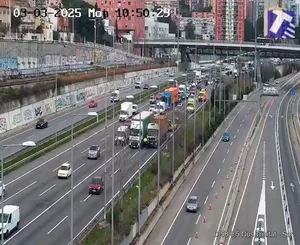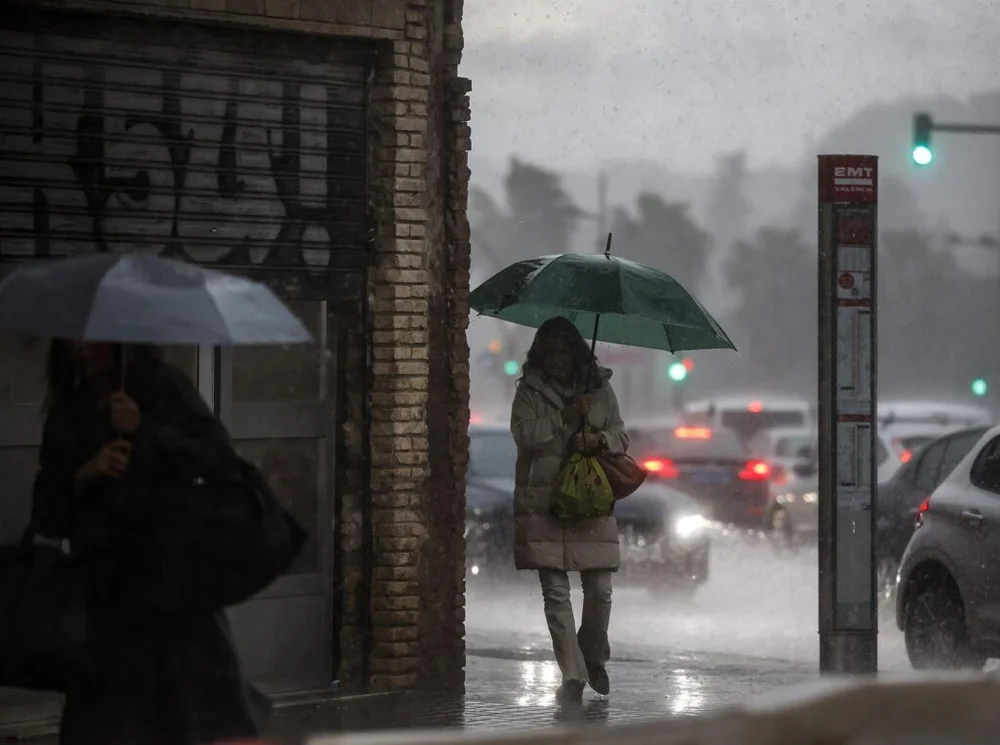Devastating Floods in Valencia: A Catastrophic Event and the Path to Recovery
In the early days of March 2025, the eastern region of Valencia in Spain was hit by one of the most severe flood disasters in European history, leaving a trail of destruction and loss of life that has shaken the entire nation.
The Disaster Unfolds
On the night of Tuesday, February 27, a slow-moving storm system brought unseasonably heavy rainfall to Valencia, resulting in a year's worth of rain falling in just eight hours. This unprecedented deluge caused rivers to burst their banks, destroying roads, railtracks, and bridges, and inundating thousands of homes and businesses.
Human Toll and Emergency Response
The floods have claimed the lives of at least 205 people, with the majority of the fatalities occurring in the Valencia region. Regional authorities reported that 202 people died in Valencia, while three more lives were lost in Castilla La Mancha and Andalusia. The death toll is eerily close to the 209 lives lost during the 1970 floods in Romania, and it surpasses the severity of many recent European flood disasters.
In response to the crisis, the Spanish government deployed 500 soldiers to search for missing individuals and assist survivors. Emergency responders, including firefighters, worked tirelessly to rescue trapped people and provide medical aid. Firefighters even resorted to siphoning petrol from abandoned cars to power generators and restore domestic supplies in areas without electricity.
Causes and Contributing Factors
Experts point to a combination of extreme weather conditions, poor drainage infrastructure, and the impact of climate change as key factors exacerbating the floods. The rapid urbanization of Valencia has reduced natural absorption areas, making it difficult for excess water to dissipate. Climate change has intensified weather patterns, leading to more frequent and severe storm events.
Critics have also highlighted the role of misguided urban planning and environmental practices. Homes and businesses built too close to rivers, the straightening and dredging of rivers, and the erosion of upstream soils have all contributed to the disaster. Misinformation about dam removals has been debunked, with experts confirming that no significant dams were removed in the affected areas[2].
Impact and Damage
The floods caused extensive damage across multiple sectors. Thousands of properties were submerged, leading to significant financial losses for homeowners and businesses. Major roadways, bridges, and public transport systems were severely impacted, hampering emergency response efforts. Agricultural lands suffered from soil erosion and crop destruction, and floodwaters carried pollutants into rivers and coastal areas, posing risks to marine ecosystems[3].
Government and Community Response
In the aftermath of the floods, both government agencies and local communities mobilized to provide relief and aid. Authorities issued evacuation orders for high-risk areas and set up emergency shelters for displaced residents. The Spanish government, along with international aid organizations, allocated emergency funds and resources to assist affected families. Volunteers played a crucial role in distributing essential supplies.
Future Prevention and Preparedness
To prevent another disaster of this scale, experts are advocating for proactive measures. These include investing in better drainage infrastructure, retention basins, and flood barriers. Implementing green infrastructure solutions such as permeable pavements and increased green spaces can enhance water absorption and mitigate flood risks. River restoration projects that reintroduce natural curves and vegetation to river banks are also recommended to slow down floodwaters and provide more effective protection against both floods and droughts[2][3].
Additionally, there are calls for a ban on new construction in floodable zones and the development of a comprehensive risk management plan that incorporates input from various experts. Early warning systems and community education programs are also being proposed to enhance climate resilience.
Rebuilding and Recovery
As Valencia begins the long process of rebuilding, there is a renewed focus on sustainable urban planning and climate adaptation strategies. Developers are now incorporating flood-resistant designs into their construction plans, including improved drainage systems and elevated foundations. The need for affordable housing has also been highlighted, with government-subsidised housing projects being implemented to address the housing crisis exacerbated by the floods[5].
Despite the devastation, Valencia remains open to visitors and is preparing for its annual Fallas celebration in March, a vibrant festival that defines the city's civic identity. As the city rebuilds and recovers, it is clear that the resilience of the Valencian community will be a cornerstone in shaping a safer and more sustainable future.
About MovetoSpain.es
MovetoSpain.es is an independent data website that helps people move to, live in, and integrate into Spain. We use AI to gather data from around the web to provide you with the most up-to-date information.
Sources for this story:
Related Stories

Search for Missing Asturian Woman Continues in San Vicente de la Barquera
March 9, 2025

Search Operation Underway for Missing 50-Year-Old Woman in San Vicente de la Barquera, Cantabria
March 8, 2025

Canary Islands Firefighters Receive New Personal Protection Equipment Following €700,000 Investment
March 4, 2025

Tragic Weekend on Catalan Roads: Eight Fatalities in Three Days
March 4, 2025

Tragic Head-On Collision on C-16 in Cercs Claims Life, Raises Road Safety Concerns
March 2, 2025
EuroMillions Results in Spain for Tuesday 28th
Tuesday, October 28th, 2025
Subscribe to Our Newsletter
Stay updated with the latest news and stories from Spain.
